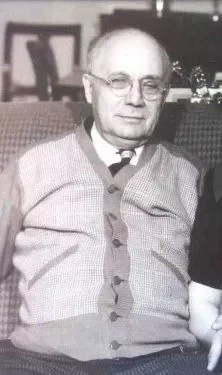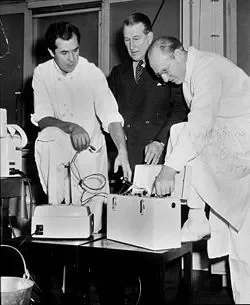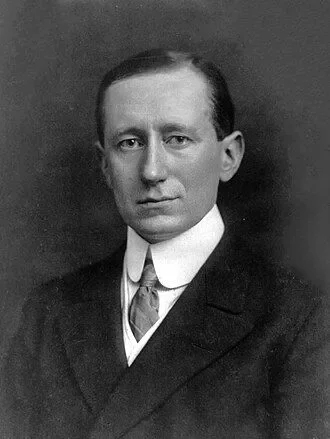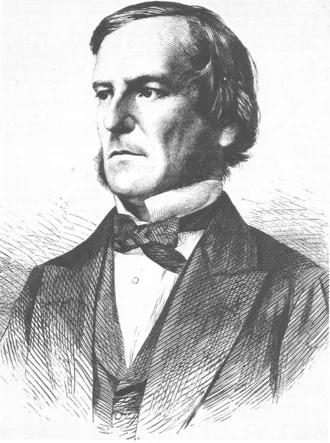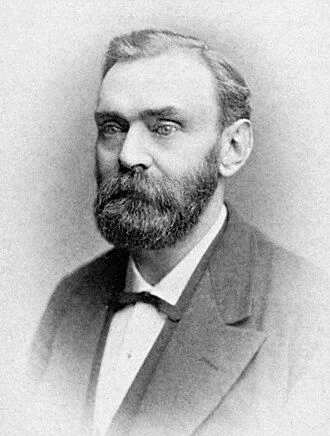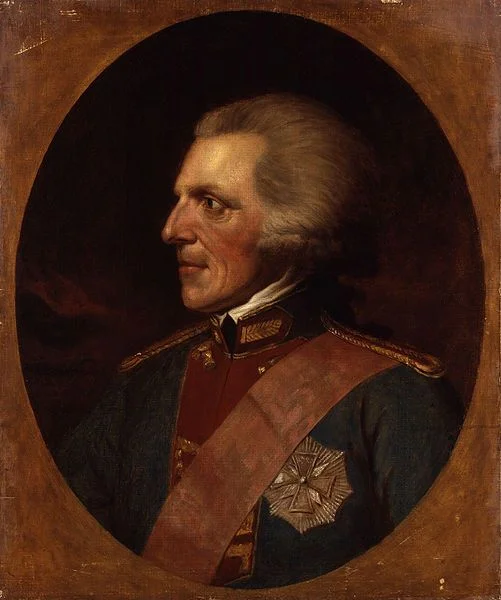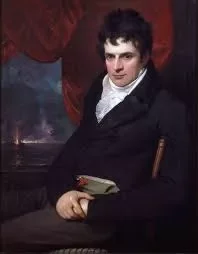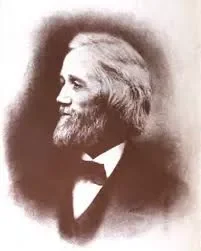Real Celebrities Never Die!
OR
Search For Past Celebrities Whose Birthday You Share
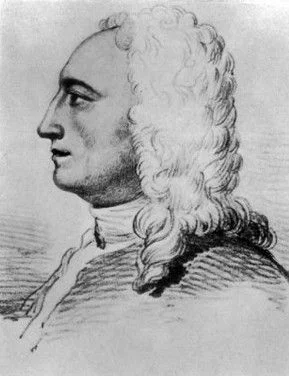
source:wikipedia.org
John Hadley
Birthday:
16 Apr, 1682
Date of Death:
14 Feb, 1744
Cause of death:
Natural causes
Nationality:
English
Famous As:
Astronomer
Age at the time of death:
61
Early Life and Education
John Hadley, an English mathematician and inventor, was born in Bloomsbury, London, on April 16, 1682. John, the eldest son of George Hadley and Katherine FitzJames, resided in Osidge, East Barnet, Hertfordshire. While not much is known about his early schooling, it is obvious that Hadley had a deep fascination with math and mechanics at a young age.
Hadley joined the esteemed Royal Society of London in 1717 at the age of 35, and later became vice-president. Through this association, he had the opportunity to display his inventions and work alongside other brilliant individuals of his era. Hadley’s most significant contributions came in two areas: navigation and astronomy.
The Invention of the Octant
Hadley created the reflecting octant in 1730, a groundbreaking navigation tool. This device could measure the altitude of celestial bodies above the horizon at sea, allowing sailors to accurately determine their latitude. The octant’s double-reflecting principle increased its accuracy significantly, enhancing maritime navigation.
Thomas Godfrey, an American, also independently created a similar device around the same period, causing debate on its origin.
Advancements in Telescope Design
Hadley’s other significant contribution was to the field of astronomy. In 1721, he presented the first parabolic Newtonian telescope to the Royal Society. This telescope, with a 6-inch-diameter primary mirror, was a significant improvement over existing models.
Hadley devised new approaches for producing accurate aspheric and parabolic objective mirrors for reflecting telescopes. By using his methods, telescopes became more accurate and powerful, greatly enhancing astronomical observations.
In 1729, Hadley inherited his father’s East Barnet estate. He married Elizabeth, daughter of Thomas Hodges, FRS, who was the former Attorney General of Barbados, and they had a son named John in 1738.
John Hadley's Quote's
Personal Life and Legacy
John Hadley passed away on February 14, 1744, in East Barnet, Hertfordshire, at the age of 61. He was buried in the local churchyard with his relatives.
Hadley’s influence continues in the realms of navigation and astronomy. The octant transformed into the sextant, which was a key navigation tool until GPS was introduced. In astronomy, his improvements to the reflecting telescope paved the way for future advancements in the field.
In recognition of his contributions, Mons Hadley and Rima Hadley on the Moon are named after him. The Oasis Trust Academy in Ponders End, north London, is known as Oasis Academy Hadley in his honor.
John Hadley’s life and work show the broad impacts of innovations across different fields. His developments in navigation and astronomy were instrumental in the scientific and maritime revolutions of the 18th century.
Name:
John Hadley
Popular Name:
John Hadley
Gender:
Male
Cause of Death:
Natural causes
Spouse:
Place of Birth:
Hertfordshire, England
Place of Death:
Hertfordshire, England
Occupation / Profession:
Personality Type
Logician: Innovative inventors with an unquenchable thirst for knowledge. Hadley had an innovative and analytical approach to solving complex navigational problems with a focus on logic, exploration, and invention.
Hadley’s octant was independently invented around the same time by American inventor Thomas Godfrey
His octant design served as a basis for the sextant, which is still used in navigation
He was a Fellow of the Royal Society, joining in 1717
Hadley made significant improvements to reflecting telescopes
Invented the octant in 1730, a navigational tool that became essential for accurate sea navigation
Made important improvements to telescopic mirrors, advancing astronomical observation
Known for his contributions to both mathematics and navigation

